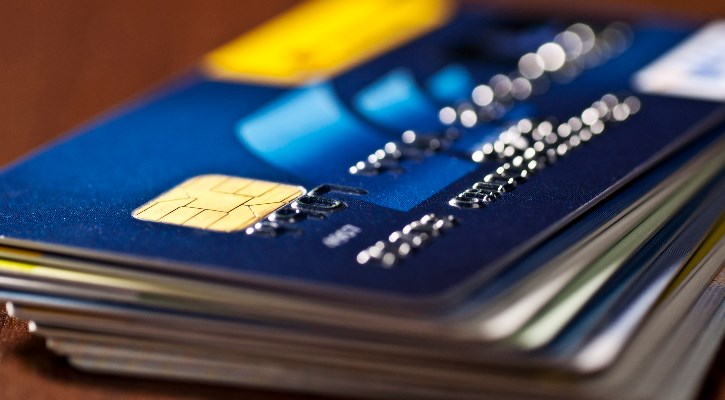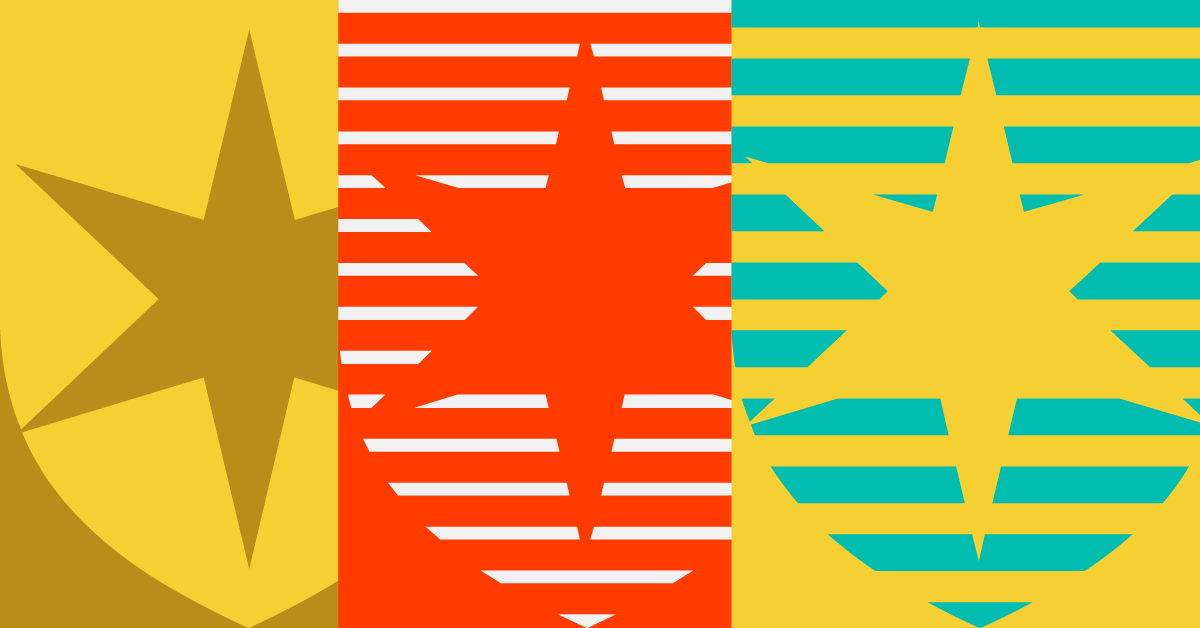
Canadian parents save and budget for years to put money into RESPs for their children’s post-secondary education. Those plans can hit a roadblock when their kids no longer wish to pursue a college education – but there are options.
For well-meaning parents with high hopes for their children, dealing with emotions is just one part of the equation. When children stall or shelve their plans for higher education, parents are also left to handle the financial consequences of the decision. One such consequence is having to figure out what to do with the money set aside for kids' college.
It's an important part of financial planning to work out where all the RESP money will go if it’s not going to be used for its intended purpose.
Since RESPs are intended specifically to help save for kids' education, they come with a set of restrictions on how to access those funds. Therefore, before you decide to cash out your RESP savings, consider the following options that can reduce the penalty of breaking the education piggy bank.
Wait and See
One of the things you can do is not do anything. Don't rush to tap education savings just yet. Your child may change their mind a few years later and decide to pursue higher studies. It may be a relief to know you can keep an RESP open for 36 years.
Further, an RESP isn't limited to funding just university and college education. Your child may not wish to become a doctor or an engineer but instead may choose to become a plumber or go into the trades or to a hairdressing school. These types of programs may qualify for the RESP, too.
Move the Money to a Sibling’s Resp
If you're sure your child isn't going to use the money, you could consider transferring it to another child's RESP. A sibling-to-sibling transfer may be done tax-free, as long as you don’t over-contribute. Beware, though, if the sibling receiving the transfer amount is over 21 years of age, the transfer may result in tax penalties. You may also be required to repay any government contributions such as the Canada Education Savings Grants and Canada Learning Bonds.
For greater flexibility, it may be a good idea to open a family RESP plan and register all your children under that plan. This way, if one child spends more on higher education than others, it all comes out of one pot. The advantage of a family plan, over an individual RESP, is that it saves on annual fees and avoids duplication in paperwork.
Some conditions may apply with these family RESP plans, especially when grants have been received in an RESP, so it's always advisable to consult a financial expert before making any moves.
Transfer Funds to an RRSP
One of the lesser-known facts about RESPs is that you can transfer up to $50,000 of income earned in an RESP to your or your spouse’s RRSP. Instead of closing the RESP account and taking the tax hit on the growth earned, you could consider rolling the RESP money over into your RRSP account, provided it doesn't lead to over-contribution.
There are some stipulations, however, like you can't do this transfer until all of the kids/beneficiaries are 21 years old. The government wants you to focus on educating your kids first, so they need to make sure the RESP has been around long enough.
Collapsing the RESP
Sometimes closing an RESP is the only choice available. It’s the last resort and least desirable option because there's a penalty for closing an RESP and not using the funds for education.
When you collapse the RESP you get all your contribution - the principal - without a tax penalty, but any growth that has accumulated is taxed, plus an additional 20% penalty and any grant money the government contributed will have to be returned.
This is to prevent account holders from using RESPs as a tax-deferred savings vehicle for purposes other than funding education.
Use TFSA to Supplement RESP Savings
Saving in a tax-free savings account (TFSA) in combination with the RESP is an effective way to minimize tax regardless of when the money is withdrawn. Start socking money away into a TFSA as soon as you've maximized the $7,200 of free grant money in your RESP.
TFSA is way more flexible, and once your child turns 18, you can contribute to their own TFSA without penalty.
The smaller the RESP the smaller the tax bill upon withdrawal, while money in the TFSA continues to grow tax-free and can be used to cover a variety of expenses, including education.
Of the $7,200 grant limit, the government gives a maximum of $500 each year for which you have to contribute $2,500 a year. In about 14½ years you will have the full grant money. After that, you may want to contribute to TFSA, based on the annual contribution room available, and have your savings grow tax-free.
When it comes time for withdrawal, first withdraw money from the RESP, and let savings in the TFSA continue to grow. As a result, there's still extra money in the TFSA to tap later as the need arises.
By planning proactively, you can be better prepared for the implications your kid's decision to not pursue post-secondary education may have on your hard-earned RESP dollars.




















